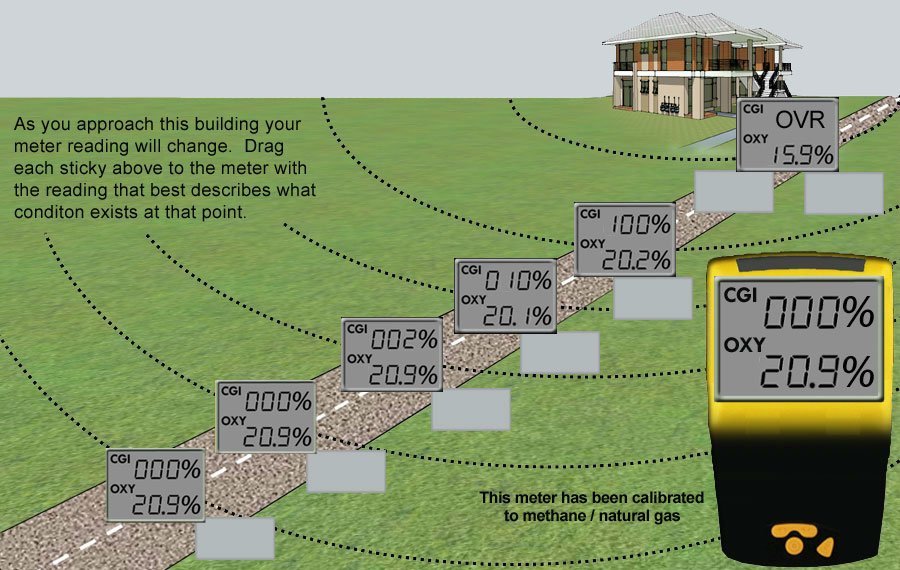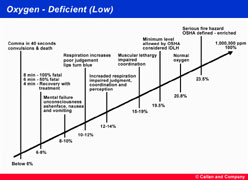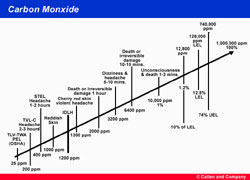Contents
1 Introduction 2 Understanding Chemical Properties 3 Learning Exercise #1 - Chemical Hazards 4. Other Hazards of Natural Gas 5 Learning Exercise #2 - Combustable Gas 6 Other Hazards of Natural Gas 7 Inital Response Actions 8 Establish Incident Action Plan 9 Combustable Gas Indicators 10 Learning Exercise #3 - Odor of Gas Call 11 Safety Considerations 12 Exercise Summary 13 Closing Shutoff Valves 14 Warnings 15 SummaryIntroductionProceed »
Understanding Chemical PropertiesProceed »
Learning Excercise #1 - Chemical Hazards
- Drag the numeric values and abbreviations to the correct red box - if correct they will stick.
- Drag the appropriate conditions or descriptions to the correct yellow box - if correct they will stick.
- Continue until you have everything in the correct box.

















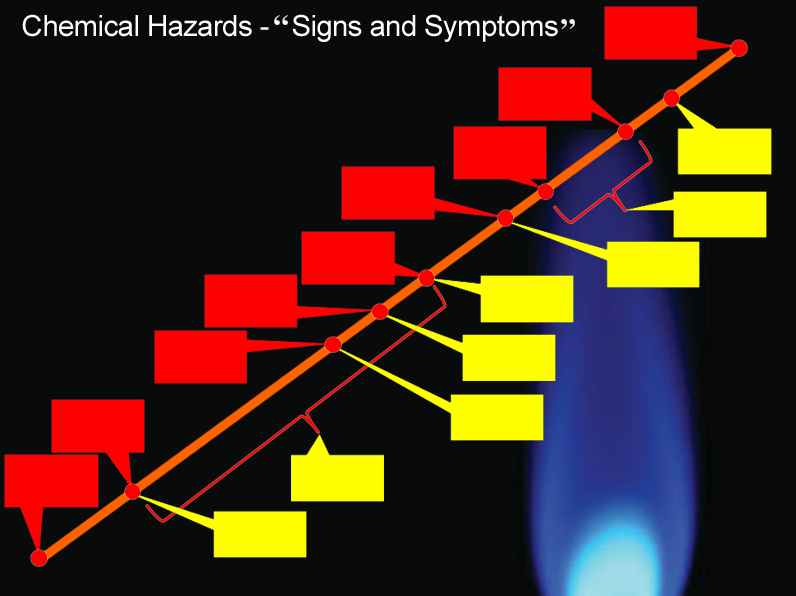
Evaluate the SituationProceed »
Other Hazards of Natural GasProceed »
Inital Response ActionsProceed »
Establishing an Incident Action Plan
Natural gas released inside buildings presents one of the greatest flammable hazards to emergency responders. A building or occupancy suspected of being full of natural gas should be approached and entered only when absolutely necessary, using extreme caution and with a minimum number of personnel. It is imperative that responders and incident commanders determine what strategic mode they want to be in regarding the emergency. The conditions will determine if they are going to be in an Offensive, Defensive or in a Non-Intervention Mode.
Determining Strategic Mode
Here are some strategic questions to help determine what the mode might be:
- What are the hazards?
- Are people still inside the building?
- Is the concentration extremely flammable?
- Can the area be safely ventilated?
- Use Extreme Caution - If the flammable atmosphere is above the upper explosive limit (UEL), ventilation may add enough oxygen to bring the atmosphere back within the flammable range. You should discuss ventilation with your local gas company.
- Can the gas flow be stopped or controlled at the appliance, or service meter valve?
- What are my resources (people, equipment and capabilities)?
- What does the gas company suggest?
- Will my involvement make this situation better?
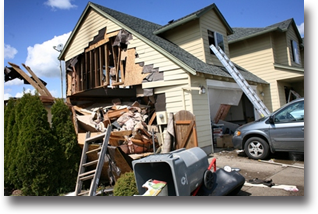
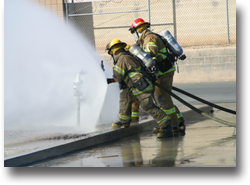
Offensive — This is an aggressive attempt to solve the problem. To be in an offensive mode, there must be extensive resources and highly skilled responders to mount an aggressive attack on the incident. There must also be a high level of benefit (rescue of live victims, shutting the valve, and ending the release) to justify the risks of an offensive mode. There is no question: being in an offensive mode creates extensive risks to personnel; in some isolated situations, however, the mode may be justified if the success (or outcome) can offset the extreme risk. Responders must never be in an offensive mode for little or no benefit.
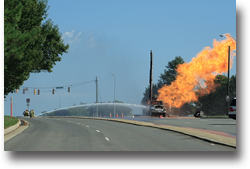
Defensive — This mode is used when resources and/or capabilities are limited. There is risk, but responders minimize the risk by using distance, safer operations, and limited exposure time. Defensive tactics can buy time during an evacuation such as when firefighters cool a building that is being exposed by a large gas release and fire from a broken line in the street. There is risk, but there is also a great benefit by preventing the incident spreading to exposures.
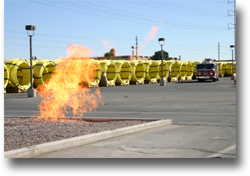
Nonintervention — In many natural gas events, there is little or no benefit from any strategic effort and nonintervention becomes a viable tactic and the obvious choice. If nothing is to be gained, nothing should be risked. It is better to let the incident run its natural course and not intervene. Let it leak, burn, or burn out (if possible) and then begin operations when the hazards and risks are greatly reduced.
Search and Rescue is one of the most difficult decisions at the emergency scene. It dramatically increases the risk of danger for emergency responders. Going into a building charged with natural gas can lead to an explosion, injury or even death.
To initiate rescue you should evaluate the hazards of the leaking natural gas, assess the risk to the rescuer and ask yourself if the risk is worth the benefit. Often combustible gas indicators can help evaluate the hazardous concentrations and assist in the decision to move forward with search and rescue. However these instruments are complicated. Responders need training in their operation to use them effectively and practice to interpret them correctly.
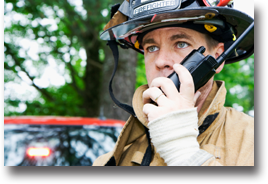
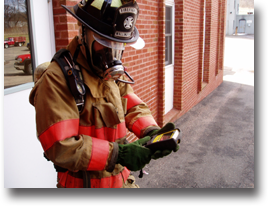
When the decision is made to enter the building responders should only proceed when wearing, Structural Fire Fighters’ Protective Clothing (SFPC) (helmet, coat, pants, boots, gloves and hood) and a Positive Pressure Self-Contained Breathing Apparatus (SCBA) based on OSHA and NFPA recommendations.
Combustible Gas IndicatorsProceed »



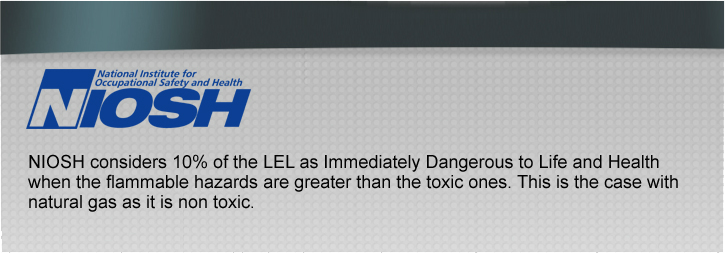
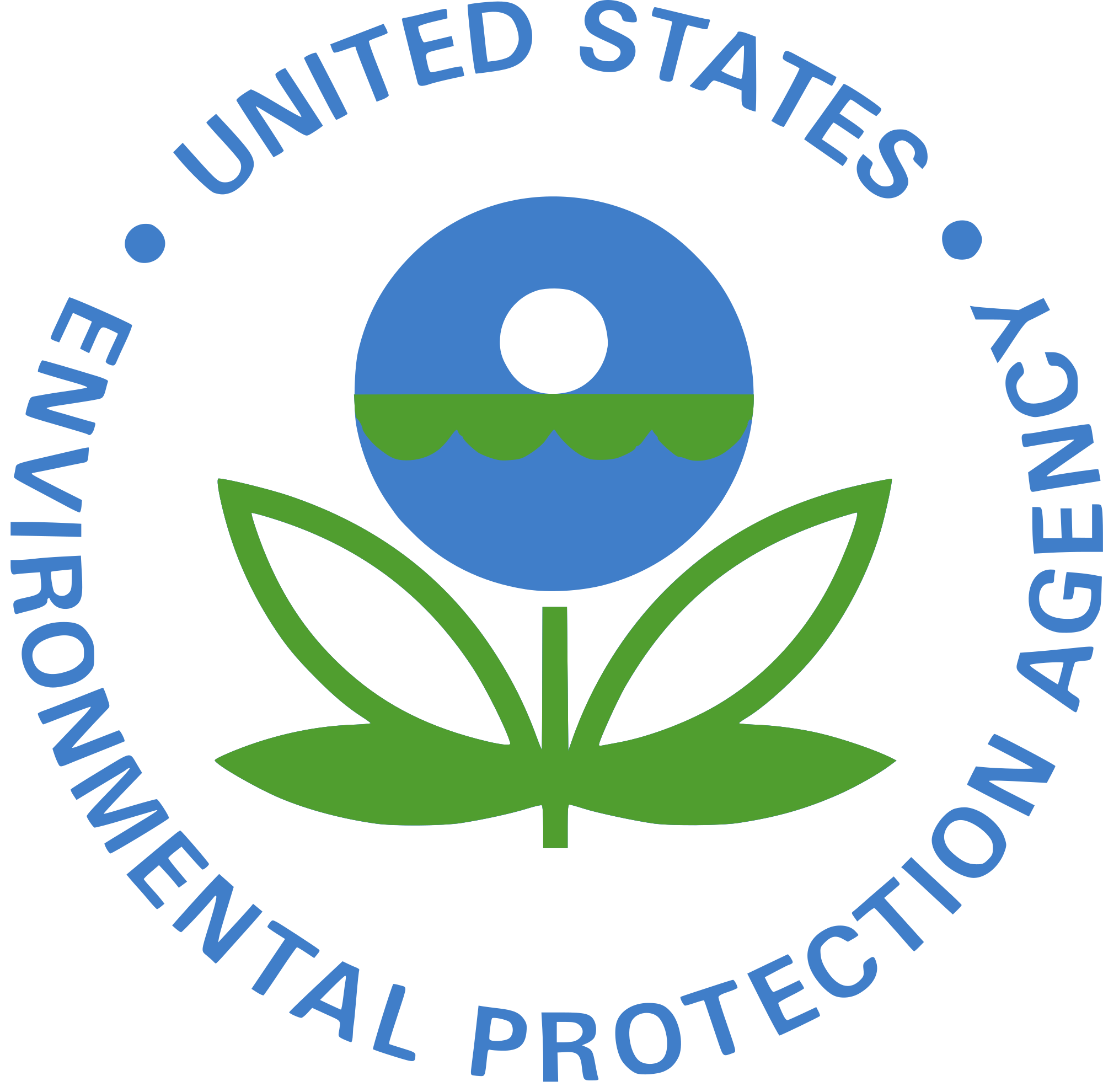
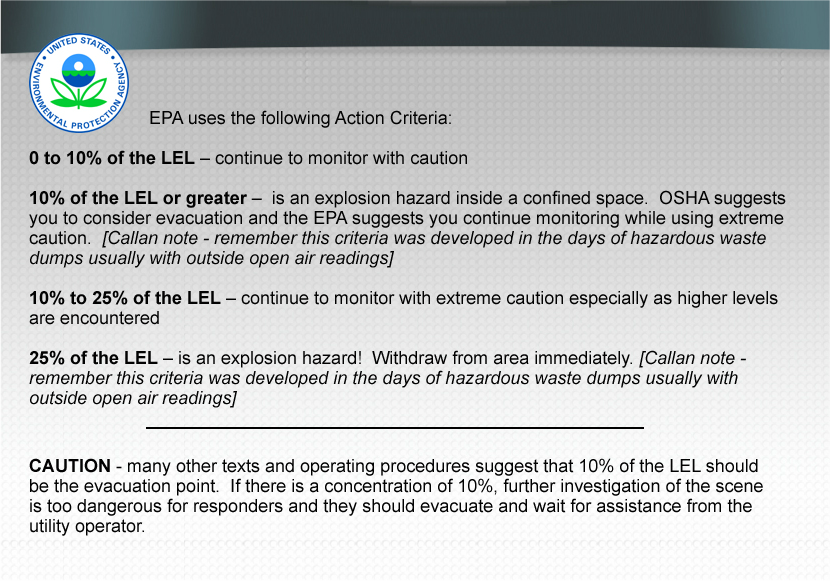
Learning Excercise #3 - Odor of Gas Call
Your respond to a property for an odor of gas call. Upon arrival there is a slight odor in the street and as you approach the building you encounter the odor increasing.
Question #1 - Would you continue?
Yes - Those of you who are confortable with the hazards and risks associated with natural gas and understand that the odor is a warning sign that there may be a leak of some nature present. Remember if you are going to proceed use caution.
No - Nothing wrong with this decision, Many responders especially those trained to the awareness level are expected to be extremely cautious, isolate the area, deny entry and to take little or no risk.
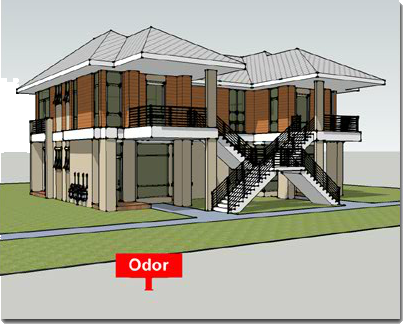
Your respond to a property for an odor of gas call. Upon arrival there is a slight odor in the street and as you approach the building you encounter the odor increasing.
Question #2 - Would you notify the gas company if they had not been notified
Yes - Actually, it's not a bad idea to call and vierfy they had been notified. Notifying the gas company call center gives them an opportunity to communicate with the responders. Their expertise may provide the call center with more details regarding the incident, more specific location, potential victims and resources already at the scene.
No - You should notify the gas company on any dispatched response. They should know that an emergency response to an odor of gas call is in profress. It may be a minor incident, but it also has the potential for a large event as well.

Your respond to a property for an odor of gas call. Upon arrival there is a slight odor in the street and as you approach the building you encounter the odor increasing.
Question #3 - There is an odor at the present time and the building may be occupied. What type of PPE would you be wearing now?
While A and B have some level of flammability protection, both also include chemical protection and in this even there is no toxic hazards from oxygen deficient hazards in confined areas.
D, none isn't appropriate becaues there is a flammability hazard.
In this sccenario, C is the best answer. Fire fighters should wear their equipment at these scenes. Law enforcement officers and EMS responders do not have PPE and should stay well back from the hazard and building if a release is expected.

Let's proceed. Remember the meter is calibrated to natural gas/methane. As you approach, the readings on the meter are moving back and forth from 1 .. 2 .. and back to 0%.
Question #4 - Would you continue?
Yes - Continue only if you are trained in the use of detectors and have a specific operating guidelines or procedure in using these instruments. By proceeding you are placing yourself and others at risk
No - If you are not familiar with combustible gas indicators or have not been trained in the use you should be very cautious and consider evacuating the area. This is an indication that amounts of flammable gas are beginning to be present. Inexperience personnel should evacuate the area and wait for assistance from the gas company.
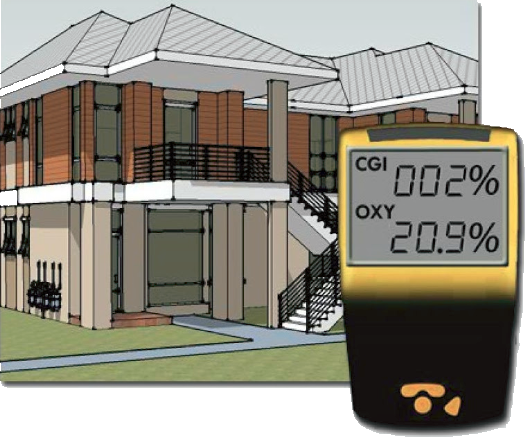
Safety ConsiderationsProceed »
Remember the winds, air movement and even the back and forth movement of the meter or wand may not produce a uniformed rise in gas concentration.
For those of you that have continued - we face some serious decisions.
- Is it "explosive" inside?
- Are we at risk?
- Are there victims inside?
- If so, are they at risk?
- Do we proceed or back out?
- Do we enter and search, rescue and evacuate occupants?
These are tough questions and must be considered. But now isn't the first time to think about them. Address them in planning meetings, hazmat clases and training with meters. Develop operating guidelines with thelocal gascompany toprovide responders on what to do at specific concentration readings on the CGI.
Here is one more fact - the reading at the door is 10%.








